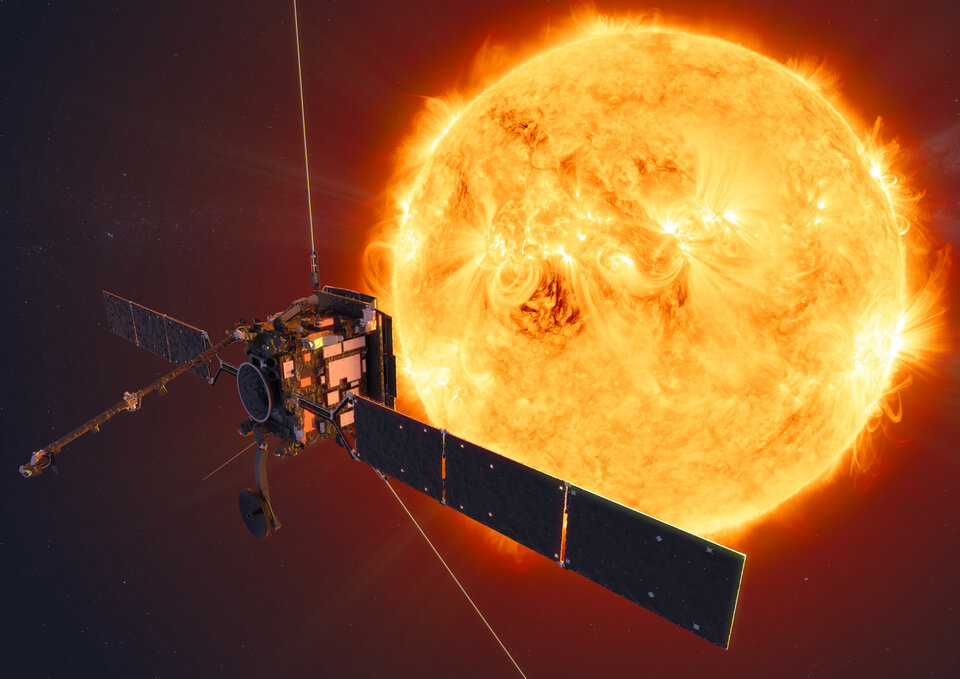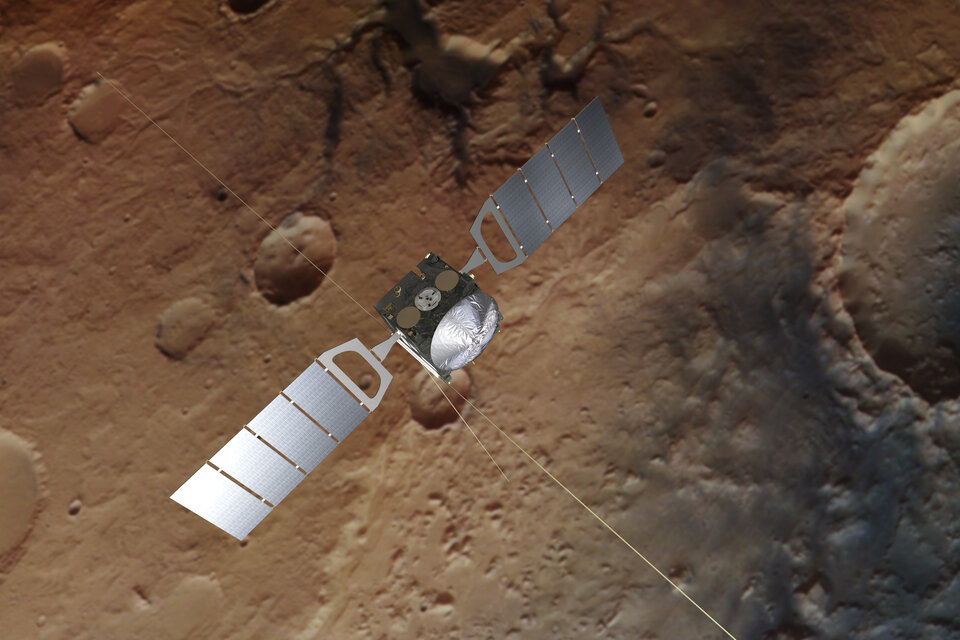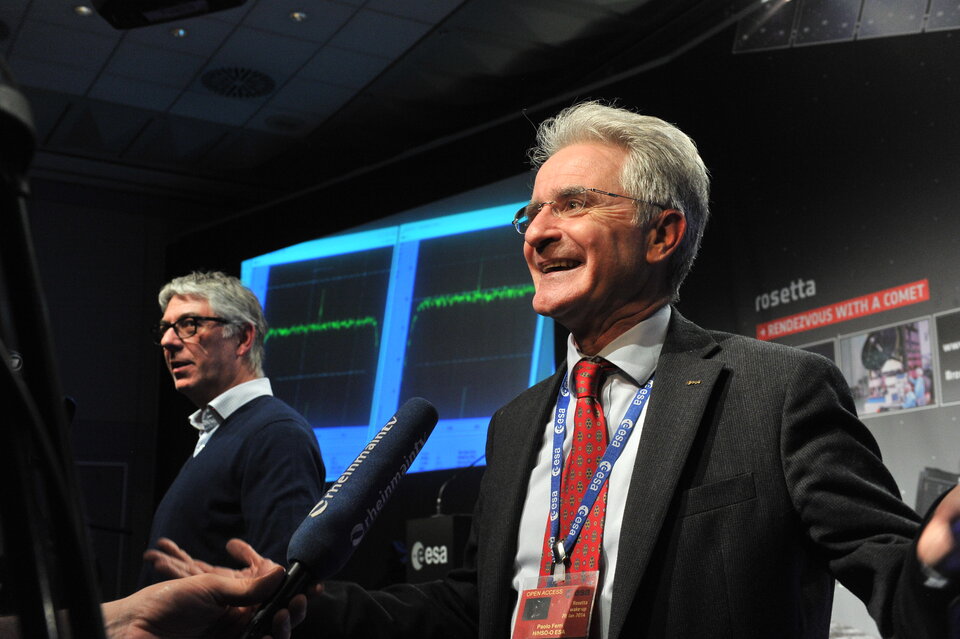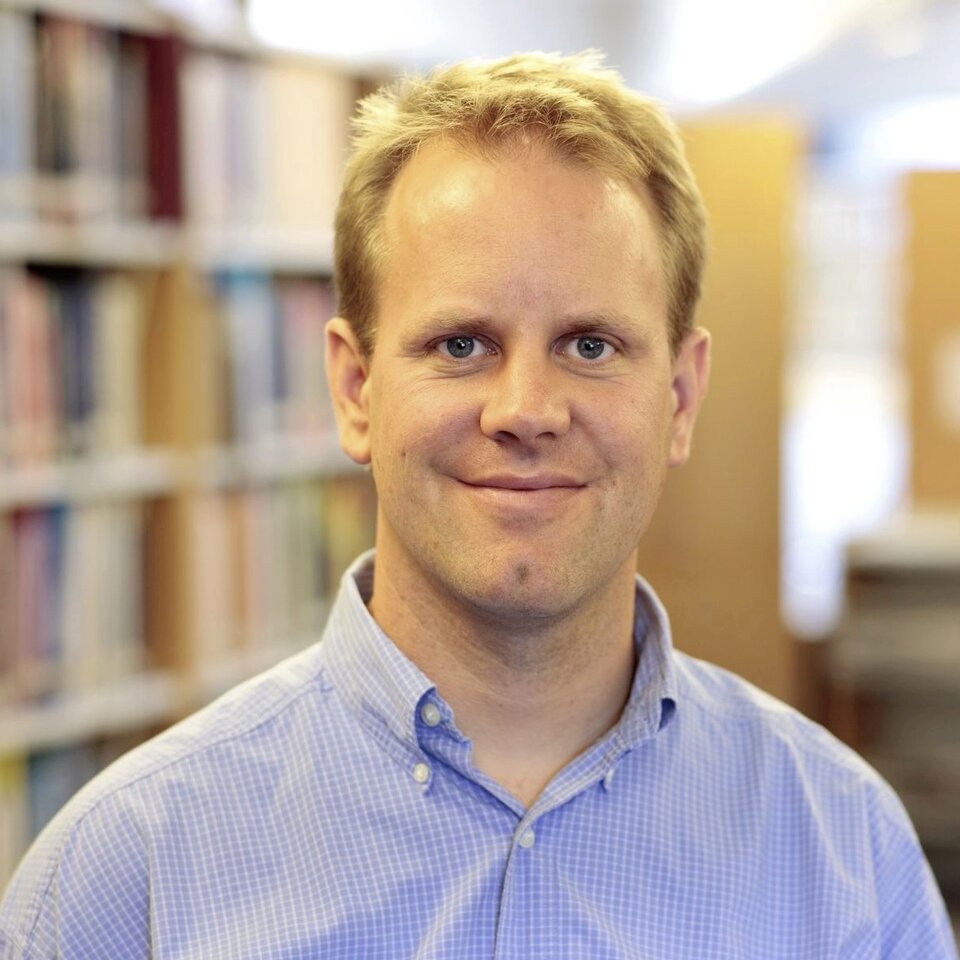3.04.2020

After a brief shutdown of science instruments and a period in ‘safe standby’, ESA’s planetary missions are getting back to what they do best, gathering science data from around the Solar System.
We spoke to Paolo Ferri, Head of Mission Operations at ESA’s mission control centre in Germany, and Markus Kissler-Patig, Head of Science and Operations at the Agency’s ESAC Astronomy Centre in Spain, about the extraordinary and challenging times facing teams on the ground.
Listen to the Podcast on the ESA Soundcloud or here:
You can also find a summary of what they discussed below, from the return to science for four key missions to what it is like to make key decisions about the safety of their workforce and Europe’s fleet of space explorers in light of a global pandemic.
Unprecedented times call for unprecedented measures
At ESA’s European Space Operations Centre (ESOC) in Darmstadt, Germany, missions were continuing under routine operations even with the vast majority of staff and contractors working from home.
But, once a case of COVID-19 reached a member of the mission control workforce, rapid action was taken to prevent the further spread of the infection.
“This person is thankfully fine, and recovering well,” says Paolo Ferri, Head of Mission Operations at ESA’s Operations Centre in Darmstadt, Germany.
“However, in the two days at work before he was diagnosed, he came into contact with about twenty colleagues on site.”

To prevent further spread of the infection, all of these individuals were put into quarantine and entire buildings were thoroughly cleaned and disinfected.
Many of these people were working on the planetary missions Solar Orbiter, Mars Express and the Exomars Trace Gas Orbiter, and the four Earth-orbiting spacecraft that make up the Cluster mission.
As such, operations were reduced on these missions while the team members stayed home.
“We decided to preventatively suspend operations on these missions until the risk of a potential cascade of follow-on infections and quarantines disappeared,” adds Paolo.
Science returns
The advantage of interplanetary missions is that they are designed to stay in a safe configuration for extended periods. Sometimes, out in the Solar System, they happen to go behind the Sun as seen from Earth. In those two or three weeks, teams are used to losing contact with the spacecraft.

Each of the four missions affected were put into this standby mode - in safe orbits, but with their science instruments turned off.
“Your heart aches every time you have to turn off science - but this is not an exceptional case. It happens sometimes that one of these satellites has problems and maybe goes into safe mode, and it takes at least a week before science operations restart” says Paolo.
“This time, stopping science for issues relating it to the health of the people on the ground of course is unique, but you feel even more compelled to do it than when it’s done to save a machine”.

Fortunately, the initial case remained the only one as the people in quarantine did not develop any symptoms.
“When we shut down science, we established very clear criteria to decide when it would restart, and as of this weekend we have begun to gradually bring the missions back into their normal state,” adds Paolo.

Markus Kissler-Patig, Head of Science Operations at the European Space Astronomy Centre in Madrid, Spain adds:
“For the Mars orbiters, of course our heart bleeds every time we aren’t able to do science with them… We are really responsible for the scientific output of all these fantastic spacecraft, and that is what we really want to maximise - the science for researchers but also for humankind.”
“But this was about the health of our people, and for us this is a no-brainer. These decisions are simple to make, because you know it's the right thing to do.”
Quelle: ESA
